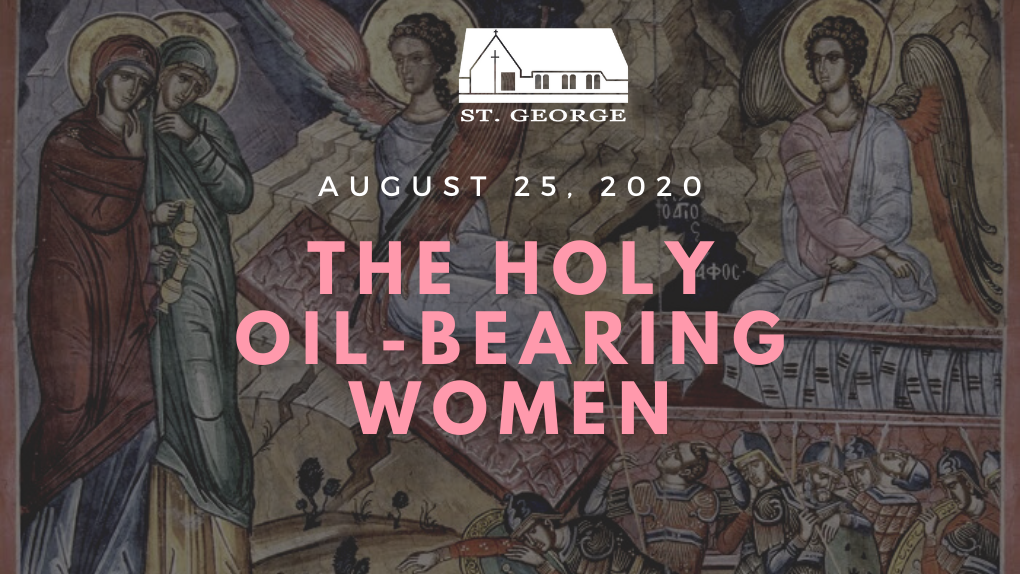
Today we celebrate the Oil-bearing women who were the first to witness the resurrection of our Lord. What about this story inspired Armenians so much that they used to name their daughters Youghaper (Իւղաբեր)? What profound lesson and experience does our liturgy offer by celebrating this event not just once a year, but every Sunday during the morning service?
Two important themes emerge in our prayers and hymns:
1. Like the oil-bearing women, we too pray to experience and encounter the resurrected Lord in our lives and during his second coming. For instance, this beautiful prayer found in the Lives of the Saints։
«․․․զի ընդ նոսին հանդիպեսցուք քաղցր տեսոյն Քրիստոի յարուցելոյն ի մեռելոց, և յարուցանողին զմեզ յանմահական ի կեանս։» Լիակատար վարք եւ վկայաբանութիւն Սրբոց, volume 5, p. 25, Venice 1813
2. And some of the prayers and hymns focus on the sadness and grief of the oil-bearing women which were transformed to joy through their experience of the Lord’s resurrection. In fact, in one of the sharagans Christ is referred to as the lifter and remover of human tears (բարձօղն արտասուաց).
«Ընդ իւղաբերիցն արտասուս՝ զմարդկան բարձօղն արտասուաց․ պաղատեսցուք արտասւօք՝ մաքրել զմեզ ի մեղաց» Շարակնոց, Կանօն Երրորդում Կիւրակէին, Constantinople, 1802 p 168

